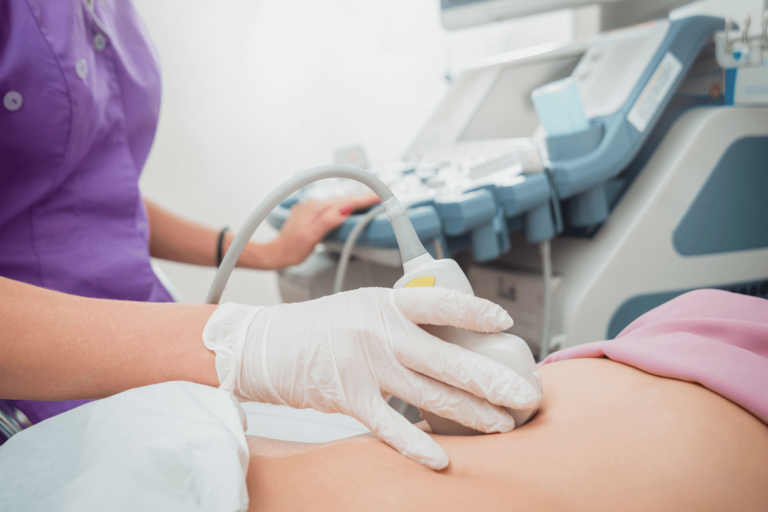While there are many songs and other media dedicated to sex and a woman’s body, there is often very little information about proper feminine hygiene and how to keep ourselves clean and healthy. Some women try to ignore “that area” of their body and hope it takes care of itself. Others may choose to buy commercial products that promise to keep them smelling sweet and fresh. The truth is that while a woman’s vagina is more or less “self cleaning” it is important to take good care of the external parts of our genitalia.
Taco, muff, vajayjay, cootchie, lady business…these are names we often hear tossed about when referring to our most private and delicate area. However, as fun as these names can be, it is important to remember that all of these areas have actual names. Just like our arm, ankle, or neck, using the appropriate names helps us to be specific about what area we’re referring to. These names aren’t “dirty,” and neither are you!
External Structures:
The external structures are collectively referred to as the “vulva.” This area is easier than you might think to keep clean! The best thing you can do to maintain excellent feminine hygiene is to wash this area daily with warm water. Commercial products, especially the scented kind, can be tempting. However, they can often cause irritation and itching. If you want to use some soap, it is best to use something very mild and unscented. Wearing cotton underwear and avoiding synthetic fabrics is also good for your health. Finally, you might consider sleeping without underwear to ensure your vulva is aired out each night.
Labia Majora
These are the two fleshy “lips” that you most likely think of when thinking of your vulva. This is where hair begins to grow during puberty. This structure, including the hair, keeps your more delicate areas safe and protected.
Labia Minora
These are the smaller “lips” tucked into the labia majora. This is an extra layer of protection for your vagina and urethra.
Clitoris
This looks like a small round structure towards the top of the labia (if you’re laying down). This is the only organ known to exist entirely for pleasure. The clitoris swells when you’re aroused and then will return to it’s typical size when you’re not. While the clitoris looks small from the outside, it is actually bigger than it appears, as most of it is inside your body.
Mons Pubis
This is the fleshy mound that covers your pubic bone. It forms a cushion to protect you and also secretes pheromones.
Internal Structures
Protected by your external structures are the openings to the vagina and urethra.
Vagina
Also called the birth canal, the vagina is the opening that leads from the outside world into your uterus. The vagina is a “self-cleaning oven,” and it is not necessary to use douches or sprays to keep it clean. If you have any unusual discharge, itching, or discomfort, the best thing to do is to speak to your gynecologist. They can determine whether you have an infection and recommend a proper course of treatment.
Urethra
This is the structure that allows urine to leave your body. Keeping the opening clean with warm water or a mild soap, just like the vagina, is all you need to do to keep it healthy. If you have burning or discomfort when you urinate, please see a doctor.

What about waxing?
Whether or not you remove the hair on your vulva is up to you! If you choose to shave or wax, it is important to do so in a way that doesn’t compromise feminine hygiene. Some gynecologists recommend trimming your hair and not removing it to limit the risk of ingrown hairs or irritation. This method also allows your pubic hair to perform its function of protecting your vaginal and urethral openings. However, if you choose to shave or wax, you can do so safely. Find a salon or professional that is clean and has a good reputation, and follow their recommendations for care both before and after your appointment. You can even ask your gynecologist for recommendations on how to maintain proper health and hygiene while removing pubic hair.
What about sex or sex toys?
There are many risks to sex, especially if you have multiple partners. Using condoms will reduce your risk of becoming pregnant or contracting a sexually transmitted disease, but they are not 100% effective. If you choose to have sex with multiple partners or with someone who has multiple partners, it is important for both you and your partner to be tested for STDs regularly. The best way to avoid STDs is to save sex for a lifelong committed relationship.
In order to stay healthy, if you choose to use sex toys, be sure they are cleaned after each use, and do not share them. If you share a sex toy with someone who has an STD, you could end up contracting that STD.
How can you ask your partner to get tested? Won’t they become angry? Will they think you don’t trust them? It is important to be with someone who you can be open and honest with. If they become upset with you for asking them to get tested, they may not be the right person for you. Your health and hygiene should be a priority for them.
Feminine hygiene is not as tricky as it seems. If you have any questions or concerns, talk to your gynecologist. Remember, staying safe and healthy is the best way to take care of YOU!




